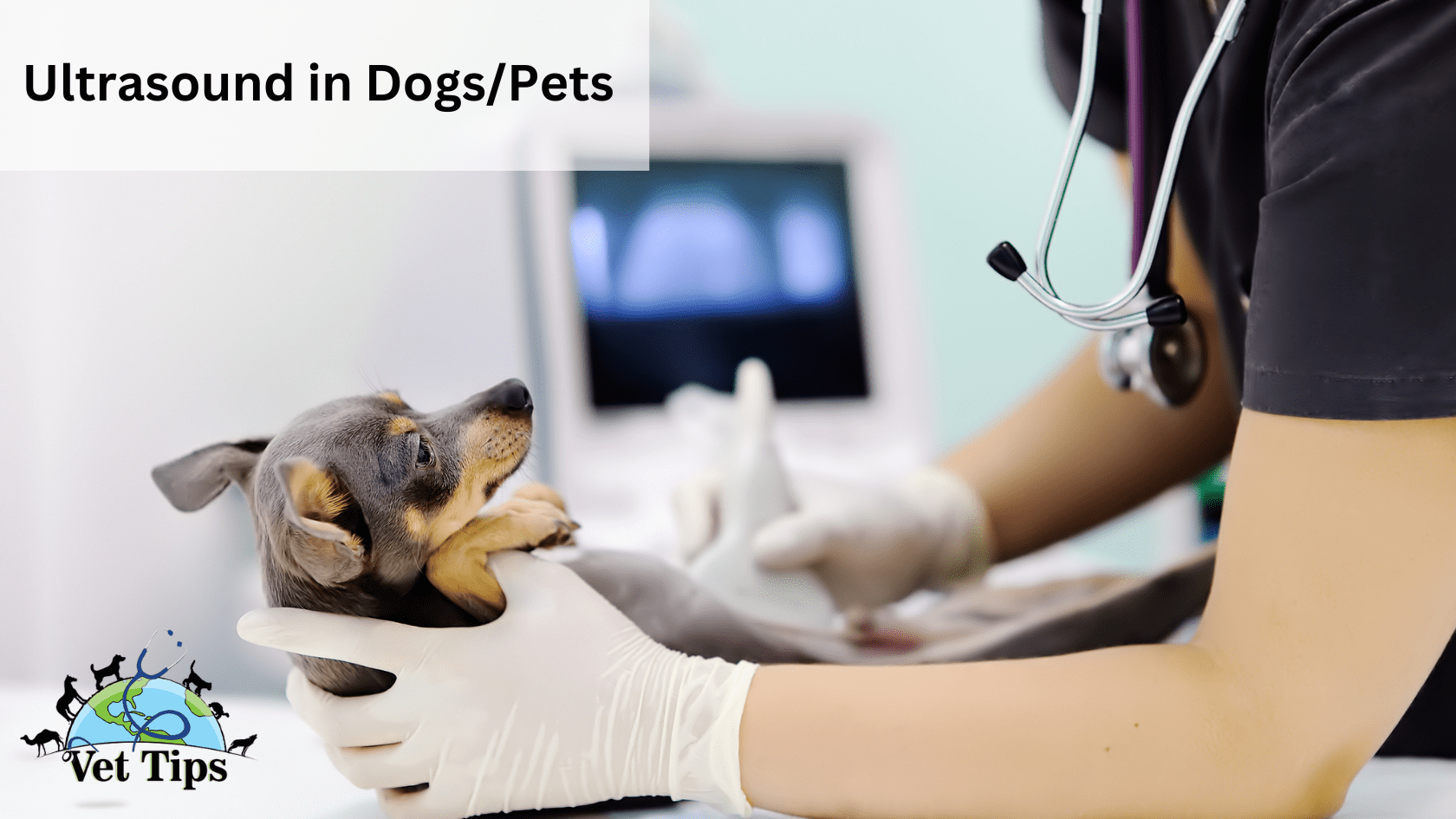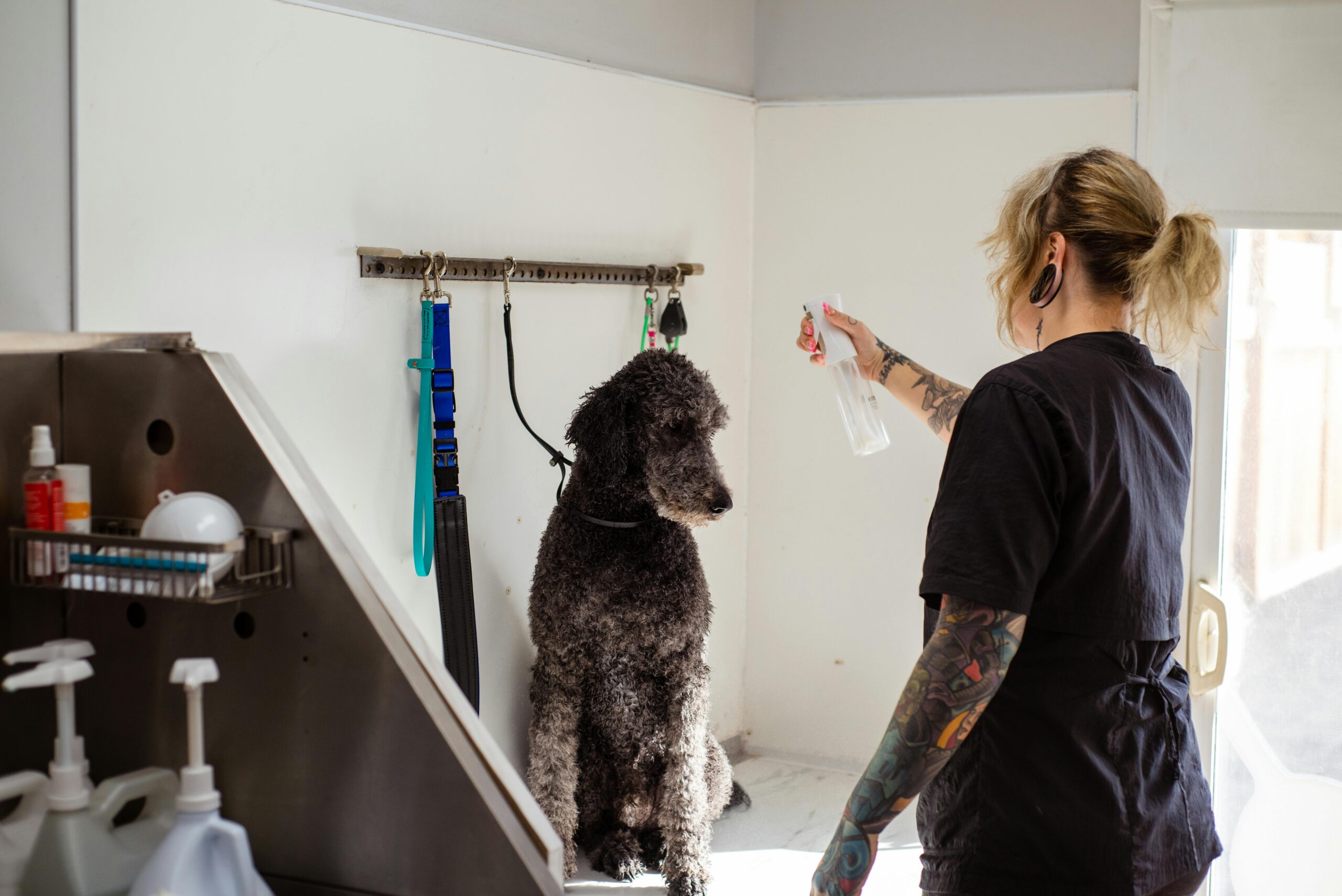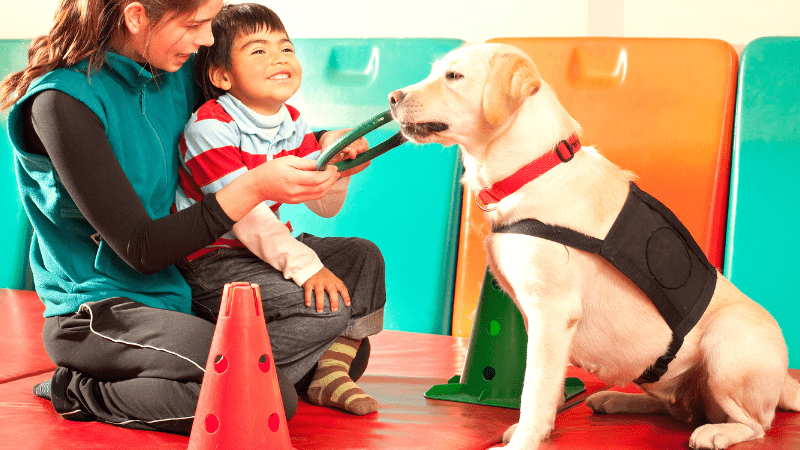Have you ever pondered how veterinary professionals solve the riddles that lie beyond the surface of your four-legged friend’s skin? The answer lies in a fascinating diagnostic tool called ultrasound. In this article, we will go on a voyage to explore the world of ultrasound in dogs and other pets. Along the way, we discuss everything about Ultrasound in Dogs/Pets: Unlocking the Secrets Beneath the Fur.
What is Ultrasound?
Sonography is another name for ultrasound, which is a non-invasive medical imaging method that employs sound waves to generate pictures of the interior structures of a living creature in real time. Ultrasound is also known as sonography. This technology gives veterinarians with crucial insights into the health of our cherished dogs, similar to the ultrasound scans that are utilized for the monitoring of human pregnancies.
How is it Performed?
A portable piece of equipment known as an ultrasound transducer is utilized by a sonographer, a type of veterinary specialist, throughout the course of an ultrasound examination. This transducer produces high-frequency sound waves that may travel through the body and reflect off of different tissues when they come into contact with them. Additionally, the transducer is responsible for receiving these echoes and converting them into graphical representations that are displayed on a screen.
The sonographer will apply a specific gel to your pet’s skin in order to achieve the best possible imaging findings. This gel will aid in the transmission of sound waves and eliminate air pockets, both of which might potentially skew the results. The transducer is maneuvered carefully across the region of interest in order to get high-resolution pictures of the inside organs, blood arteries, and any other relevant structures in real time.
Ultrasound vs. Radiograph (X-ray): Decoding the Differences
When it comes to observing the interior parts of the body, ultrasonography and radiography provide views that couldn’t be more different from one another. Both of these imaging modalities are strong diagnostic tools.
Ionizing radiation is used to make pictures by means of radiographs, which are more generally known as X-rays. These pictures show dense features such as bones and are particularly useful for locating fractures, determining the size and form of organs, and locating specific foreign items. Radiographs, on the other hand, have limited capabilities when it comes to displaying the finer features of organs and soft tissues.
On the other hand, ultrasonography utilizes sound waves and provides a view of the inside architecture of the body that is both dynamic and in real time. It is particularly effective in evaluating soft tissues like the liver, kidneys, heart, and reproductive systems, in addition to detecting anomalies such as tumors, cysts, or fluid buildup. In addition, ultrasonography makes it possible to evaluate the flow of blood and assists medical professionals in performing guided treatments such as fine-needle aspirations and biopsies.
Who is Eligible to Perform a Dog Ultrasound?
In order to successfully do an ultrasound, one needs extensive training and experience. Typically, veterinary specialists who have obtained extensive training in diagnostic imaging and are licensed to practice ultrasonography, such as veterinary radiologists or ultrasonographers, are qualified to perform ultrasound exams on animals. These professionals are equipped with the expertise required to correctly interpret the ultrasound pictures and to arrive at well-informed diagnoses.
When is an Ultrasound Necessary?
A recommendation for an ultrasound might be made for a variety of reasons, including the following:
Diagnostic Purposes
An ultrasound can assist in determining the root cause of a pet’s symptoms, such as unexplained weight loss, vomiting, diarrhea, or aberrant behavior, when the pet is exhibiting these signs.
Pregnancy Monitoring
An ultrasound can provide reassurance that a pregnancy is there, provide an estimate of the number of fetuses, and assess how far along they are.
Assessing Organ Health
Ultrasound aids in evaluating the condition of organs like the liver, spleen, kidneys, bladder, and heart.
Detecting Tumors or Abnormalities
An ultrasound can be helpful in locating tumors, cysts, abscesses, and other abnormalities that may be present within the body.
Guided Procedures
It makes it easier for veterinarians to do operations that are only slightly invasive, like as fluid aspirates and biopsies, with greater accuracy.
Ultrasound in Dogs/Pets: Unlocking the Secrets Beneath the Fur (Cont.)
Types of Ultrasound Examinations
There are many different kinds of ultrasound exams available to meet various diagnostic requirements. These are the following:
Abdominal Ultrasound
The liver, kidneys, spleen, intestines, and bladder are some of the organs that are examined during an abdominal ultrasound. Other organs that may be examined include the spleen. It assists in the diagnosis of anomalies such as malignancies, inflammation, or the collection of fluid.
Cardiac Ultrasound (Echocardiography)
The heart and its structures are the primary focus of cardiac ultrasonography, which is often referred to as echocardiography. It examines the chambers, valves, and patterns of blood flow in the heart, which enables it to provide essential information on cardiac function and the diagnosis of heart illnesses.
Musculoskeletal Ultrasound
The musculoskeletal system is the focus of musculoskeletal ultrasonography, which examines the joints, tendons, ligaments, and muscles of the system. It is helpful in the identification of problems including arthritis, tendinitis, sprains, or rips, which enables specific treatment regimens to be developed.
Pregnancy Ultrasound
An ultrasound during pregnancy is conducted to check on the growth of the fetus during the course of the pregnancy. It helps assess the number of fetuses, where they are located, and the viability of the pregnancy as a whole. This particular variety of ultrasonography is typically utilized in the context of breeding programs as well as veterinary obstetrics.
Thoracic Ultrasound
The chest region is the primary focus of thoracic ultrasonography, which evaluates the organs and structures contained inside the thoracic cavity, including the lungs, heart, and blood arteries. It helps medical professionals diagnose illnesses such as pleural effusion, lung malignancies, and heart disorders.
Cost of Ultrasound Examinations
The cost of an ultrasound examination can change based on a number of factors, including the geographical location of the patient, the type of ultrasound that is conducted, the degree of difficulty of the case, and any extra procedures that are carried out while the patient is being examined.
An first diagnostic ultrasound for a pet will typically cost the owner between $200 and $500, with an average cost somewhere around the middle. Due to the knowledge necessary, more specialist ultrasounds, such as those that examine the heart or the musculoskeletal system, may have a significantly higher price tag. It is very necessary to talk with your veterinarian in order to obtain an exact estimate based on the particular requirements of your pet.
FAQs about Ultrasound in Dogs/Pets: Unlocking the Secrets Beneath the Fur
Is it necessary to get anaesthetic before getting an ultrasound?
In most cases, anesthesia is not required for the ultrasound exams that are performed. On the other hand, if the animal is recalcitrant during the surgery or if it is an invasive one, it is possible that a light sedative or anesthetic may be advised to ensure the animal’s safety and comfort during the process.
Is the procedure that uses ultrasound uncomfortable for my pet?
The ultrasound exam is a non-invasive and, in most cases, painless technique for animals. When applied to the skin, the gel may leave a pleasantly chilly feeling, but it will not irritate the patient in any way. The majority of the animals do not become anxious or stressed out throughout the test.
Can ultrasonography diagnose all conditions?
Ultrasound is a strong diagnostic tool; nevertheless, it does not come without its share of drawbacks. For the purpose of diagnosing some illnesses in their whole, further imaging modalities or laboratory tests could be necessary. On the basis of the particular circumstances surrounding your pet, your veterinarian will select the course of action that is most suitable.
How long does it take to perform an ultrasound examination?
The length of time required for an ultrasound examination might change based on the kind of ultrasound that is conducted and the degree of difficulty of the patient’s condition. In most cases, an ultrasound will take anywhere from half an hour to an hour to complete. On the other hand, depending on the circumstances, it can take longer to acquire comprehensive photos or carry out guided treatments.
Final Words: Ultrasound in Dogs/Pets: Unlocking the Secrets Beneath the Fur
In the field of veterinary medicine, ultrasound is a very helpful technology since it enables veterinarians to investigate in great detail the interior anatomy of dogs and other pets. The non-invasive nature of ultrasonography, its capacity for real-time imaging, and its adaptability across a wide range of test types all contribute to the important role that ultrasound plays in diagnosing and monitoring the health of our cherished companion animals. The use of ultrasonography enables veterinarians to deliver optimal care and treatment programs that are specifically designed to meet the requirements of each particular pet. This is accomplished by illuminating the hidden worlds that lie beneath their fur.
Tell us in the comments how you like our article, “Ultrasound in Dogs/Pets: Unlocking the Secrets Beneath the Fur.”
For the source file, click here.
For more information like this, click here.





It’s great that you pointed out how an ultrasound can assist in determining the root cause of a pet’s symptoms. It seems our pet cat is sick right now, however, we don’t know the exact reason why. Our cat needs to get checked, so we should probably ask for a pet ultrasound service.
Hi Luke,
Thanks for the comment. Ultrasound is really helpful if you are not sure why your cat is getting sick. However if you let me know any abnormal behaviour or symptoms that you have seen in your cat then I may be able to assist you in diagnosis.